How to Create a Template for an Immigration Support Letter
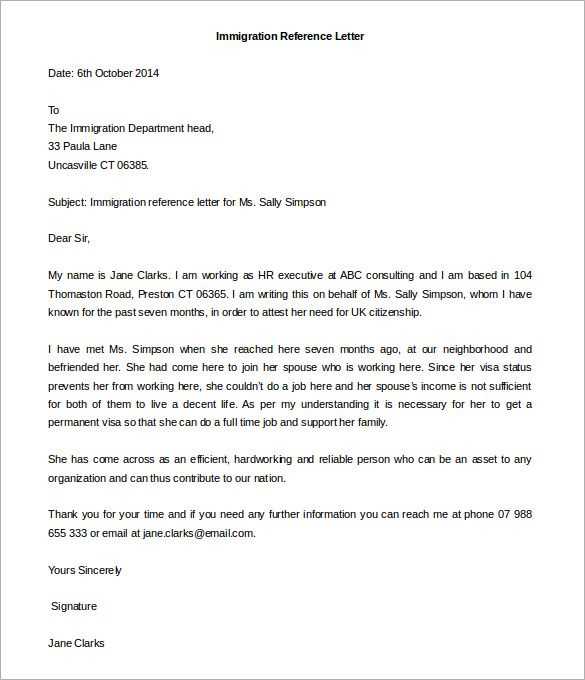
When applying for residency or citizenship, a well-crafted endorsement can significantly strengthen your case. This written communication plays a vital role in demonstrating your character, relationships, and qualifications, all of which can influence decision-making processes. Crafting such a document requires careful consideration of its structure, tone, and the information it conveys.
In this guide, we will break down how to build a powerful and persuasive document that aligns with the necessary standards. The goal is to provide you with a clear understanding of how to approach the task, what details to include, and how to ensure the content resonates with the authorities reviewing it.
By following the steps outlined here, you will be able to create a document that is not only professional but also compelling and convincing, increasing the chances of a favorable outcome.
What is an Immigration Support Letter?
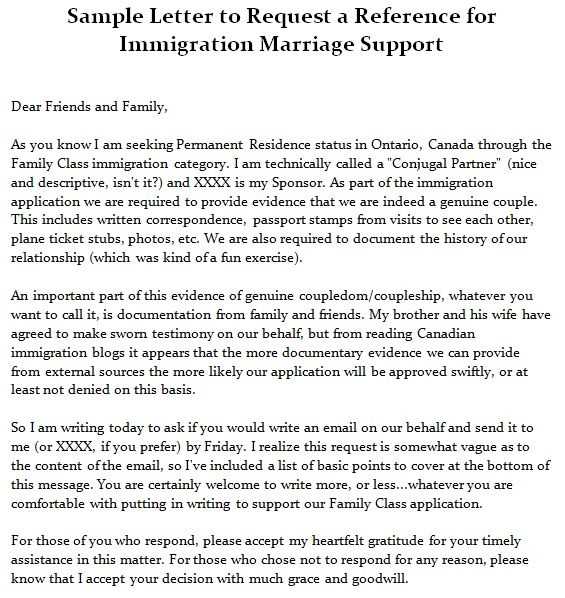
This type of document plays a crucial role in many visa and residency applications. It is typically used to vouch for an individual’s character, intentions, and reasons for traveling. The goal is to provide additional context to the applicant’s situation, helping to clarify why the request should be granted.
Purpose and Importance
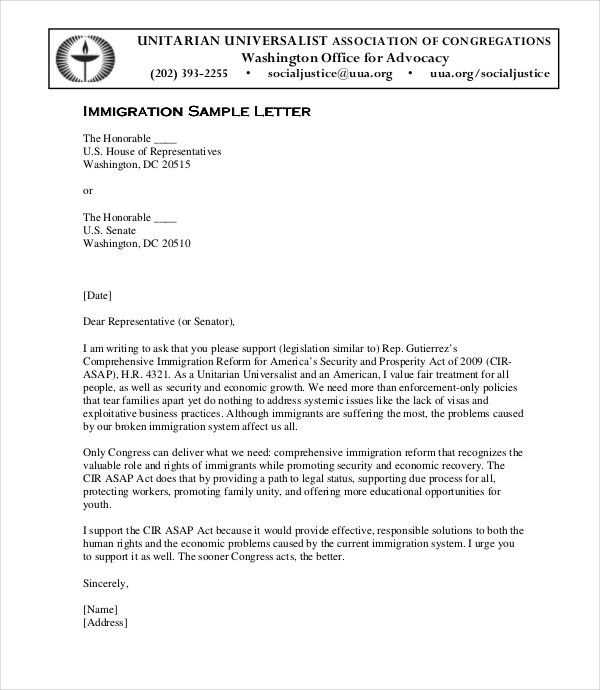
The main function of this type of communication is to give the authorities a clear understanding of the applicant’s background, relationships, and ties to their home country. It can address concerns about the applicant’s intentions or potential risks, ultimately helping to assure the reviewing body of the applicant’s credibility. This document can be written by a variety of people, including employers, family members, or community leaders.
Key Elements
A well-written endorsement should include specific details that help build a strong case. These might include information about the applicant’s employment, family situation, and plans for the future. The tone should be formal but also personal enough to make the message feel genuine and trustworthy. Including any relevant documentation, such as proof of employment or family ties, can further strengthen the case.
Key Elements of an Effective Template
Creating a persuasive and well-organized document requires certain components to ensure its effectiveness. These elements help make the message clear, structured, and compelling. A strong framework is essential for ensuring the content addresses the most important factors and provides a convincing argument for the individual’s case.
Core Components
- Introduction: Start by introducing the writer and their relationship to the applicant, establishing trust and credibility from the beginning.
- Reasoning: Clearly explain why the document is being written, whether to vouch for the applicant’s character or confirm their intentions.
- Supporting Details: Offer specific examples that illustrate the applicant’s background, employment status, or family ties, helping to strengthen the argument.
- Character Assessment: Highlight personal attributes, such as reliability, honesty, and dedication, backed up by real-life examples or anecdotes.
- Final Statement: Conclude with a statement that reiterates the writer’s support for the applicant and summarizes the main points made in the document.
Additional Tips
- Clarity: Use clear and concise language to ensure the message is easily understood by the reader.
- Professional Tone: Maintain a respectful, formal tone throughout the document to emphasize the seriousness of the request.
- Evidence: Whenever possible, include supporting evidence, such as references or official documents, to back up the claims made in the message.
How to Structure Your Support Letter
Organizing your document effectively ensures that it communicates your message clearly and persuasively. A well-structured document not only helps the reader follow your argument but also presents the key information in an accessible and logical way. Here’s a simple approach to structuring your content to maximize its impact.
| Section | Description |
|---|---|
| Introduction | Start by introducing yourself, your relationship with the applicant, and the purpose of the document. |
| Reason for Writing | Clearly explain why you are writing and what you are vouching for regarding the applicant’s character or intentions. |
| Key Information | Provide relevant details about the applicant, such as their background, ties to their home country, or plans for the future. |
| Character Reference | Include examples that demonstrate the applicant’s qualities, such as reliability, honesty, or commitment. |
| Conclusion | Summarize your support, reaffirming your belief in the applicant’s credibility and trustworthiness. |
By following this clear structure, you ensure that your message is organized and easy to follow, presenting the applicant in the best possible light.
Common Mistakes to Avoid in Immigration Letters
While crafting a document to vouch for an applicant, it’s easy to make small errors that could impact its effectiveness. These mistakes often lead to confusion or weaken the message, which can undermine the entire purpose of the endorsement. Recognizing and avoiding these pitfalls will help ensure your document is both clear and persuasive.
Lack of Specificity
One common mistake is being vague or general when describing the applicant. Instead of offering concrete examples or specific details about their character, background, or intentions, some writers provide broad or generic statements. Without clear evidence or specific anecdotes, the message loses its power to influence the reader.
Overly Casual Tone
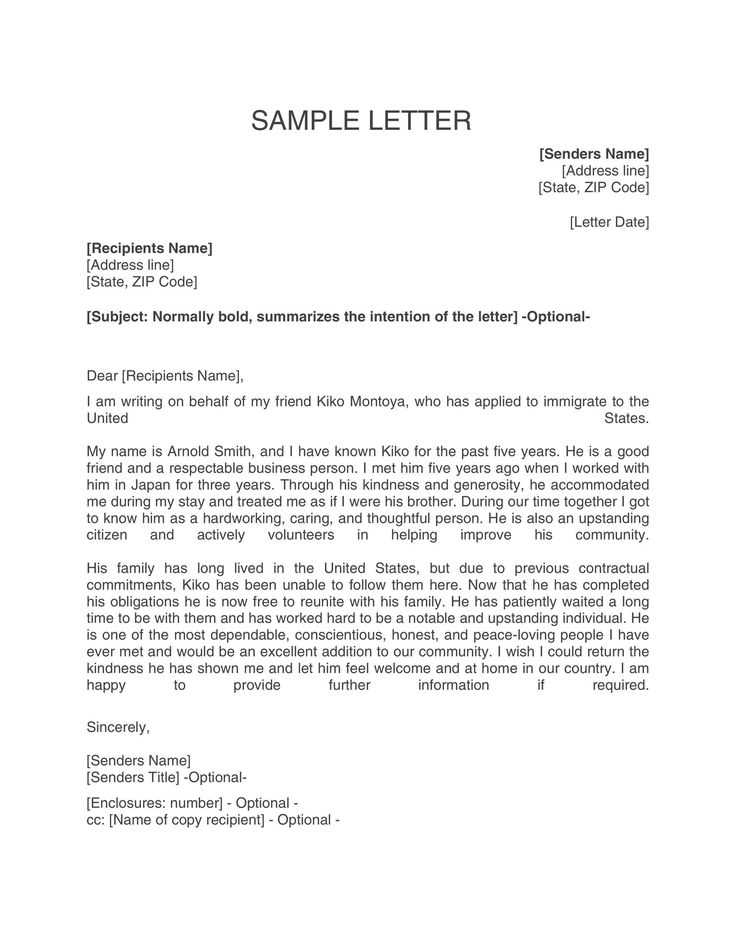
Another frequent error is using an overly casual or informal tone. While it’s important to convey warmth and sincerity, the tone should still remain professional. An overly friendly or casual approach may not be taken seriously by authorities reviewing the document, which could detract from its credibility.
How to Personalize Your Support Letter
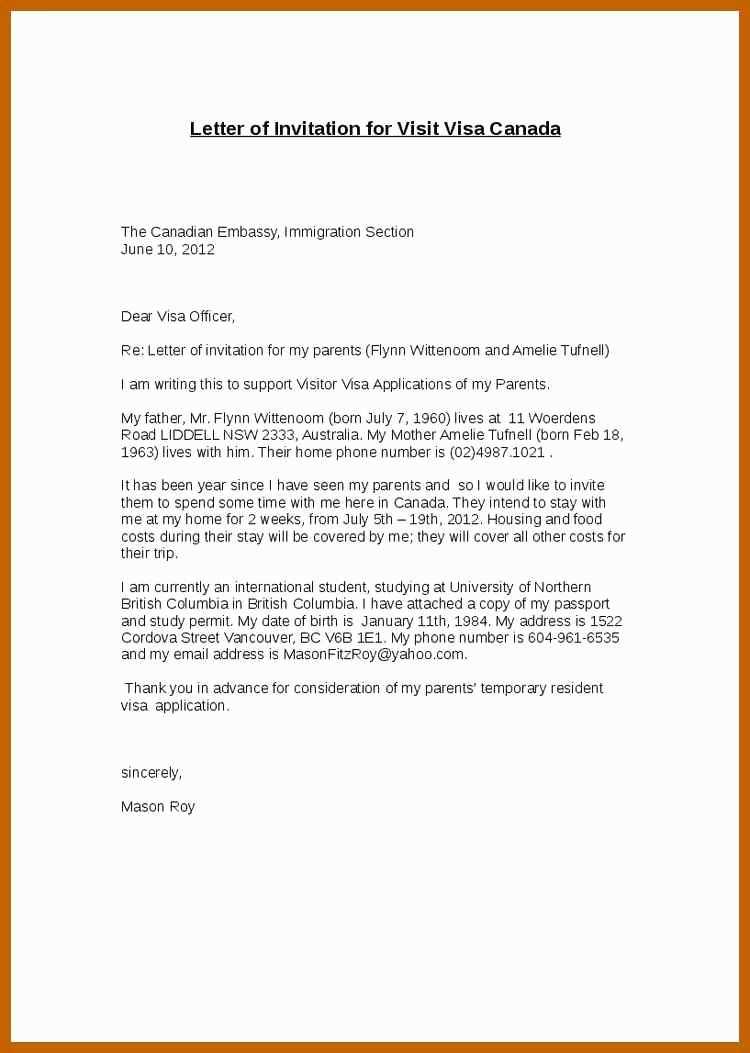
Personalizing a document helps to create a connection between the writer and the reader. It not only makes the endorsement more sincere but also ensures that the applicant’s unique qualities and circumstances are highlighted effectively. A personalized message feels more genuine and compelling, which increases its chances of having a positive impact.
Tailor the Content to the Applicant
When writing, focus on the individual’s specific situation, background, and plans. Avoid using a one-size-fits-all approach. Instead, mention details that are unique to the person, such as how long you’ve known them, the nature of your relationship, and any particular qualities or achievements that stand out.
Use Personal Examples
Including anecdotes or personal stories that demonstrate the applicant’s character or commitment can make a big difference. Instead of just listing qualities like “reliable” or “honest,” provide concrete examples of how they’ve shown these traits in real-life situations. This adds depth and credibility to your endorsement, making it more memorable.
Tips for Strengthening Your Letter’s Impact
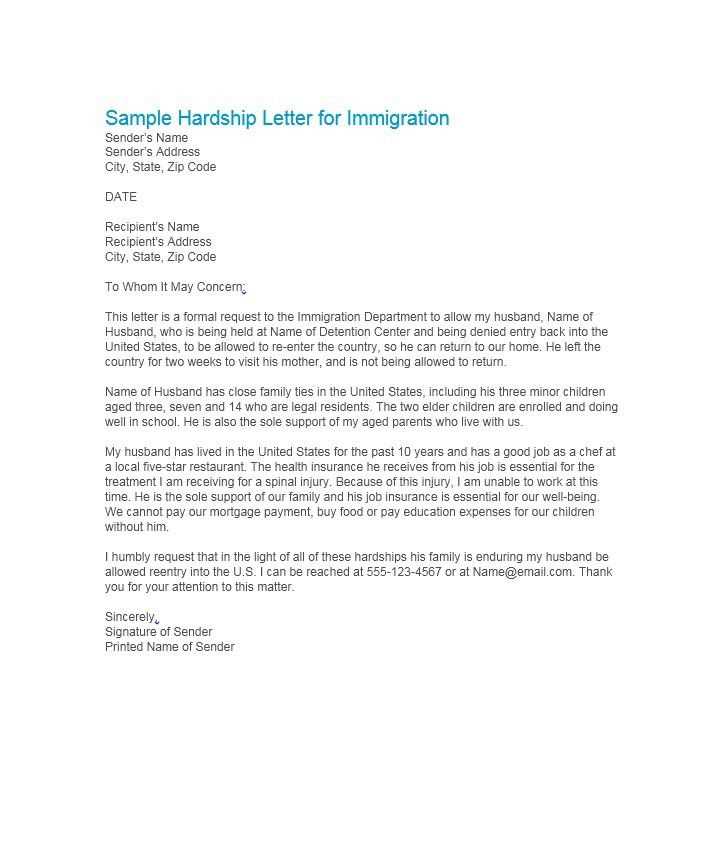
Making a strong impression with your endorsement requires careful attention to both content and presentation. By ensuring that your document is clear, persuasive, and impactful, you can significantly enhance its ability to support the applicant’s case. These tips will help you create a more powerful and effective communication.
Be Specific and Detailed
General statements may not have the desired effect. Instead, provide concrete examples and specific details that showcase the applicant’s strengths, achievements, and personal qualities. This adds credibility and demonstrates a deeper understanding of the person’s character and intentions.
Maintain a Professional Tone
While it’s important to be sincere, maintaining a formal, respectful tone throughout the message is crucial. A professional approach ensures that the endorsement is taken seriously and conveys the appropriate level of importance for the matter at hand.
Proofread and Edit
Review your document carefully for any errors in spelling, grammar, or punctuation. A polished and error-free document reflects well on both the writer and the applicant. Ensuring clarity and precision in your writing will make the message more effective and help avoid misunderstandings.